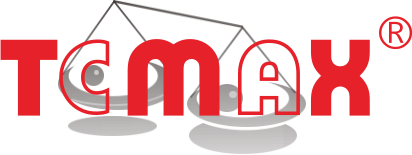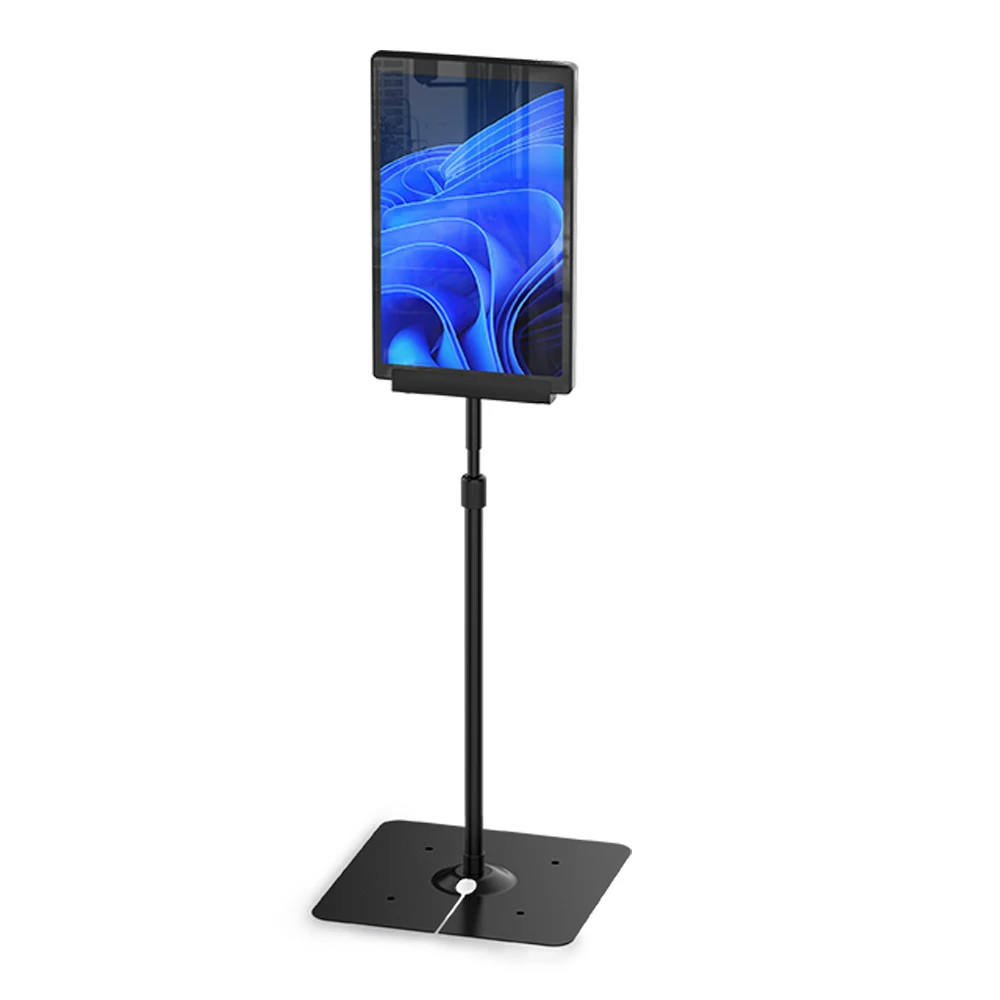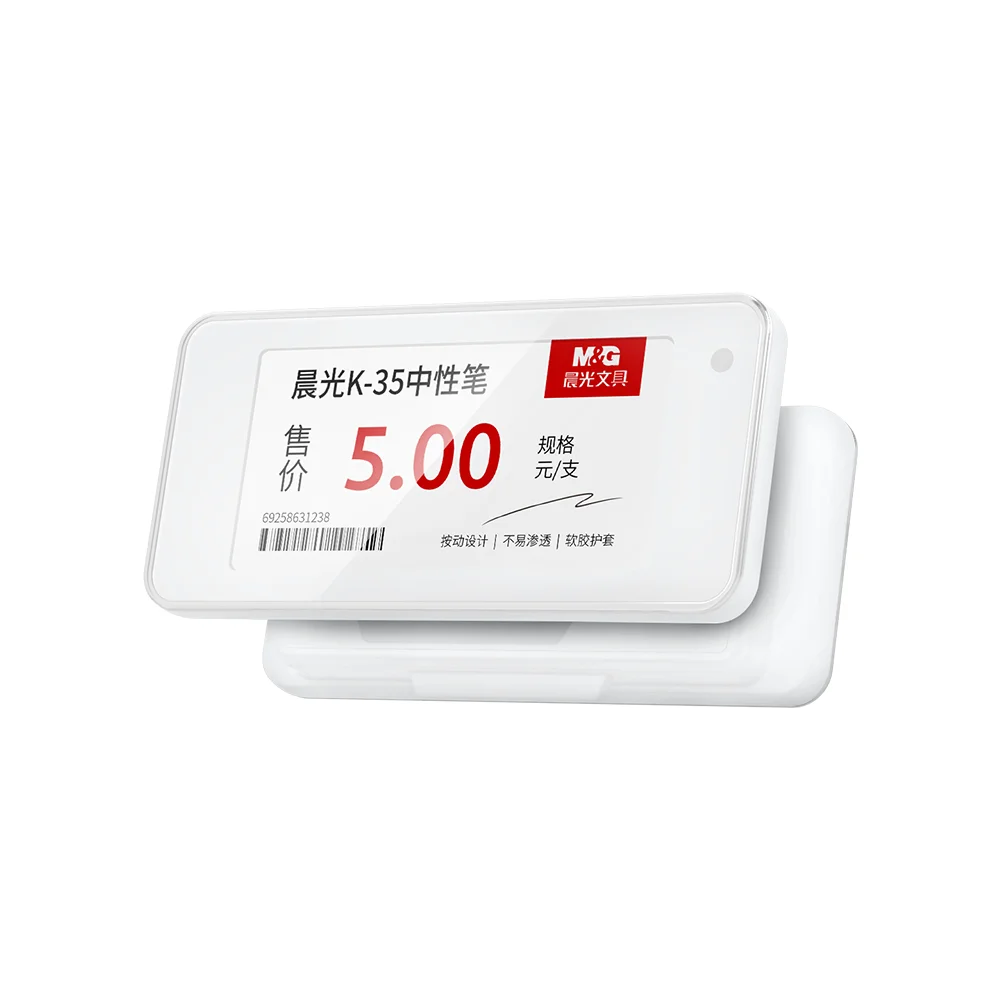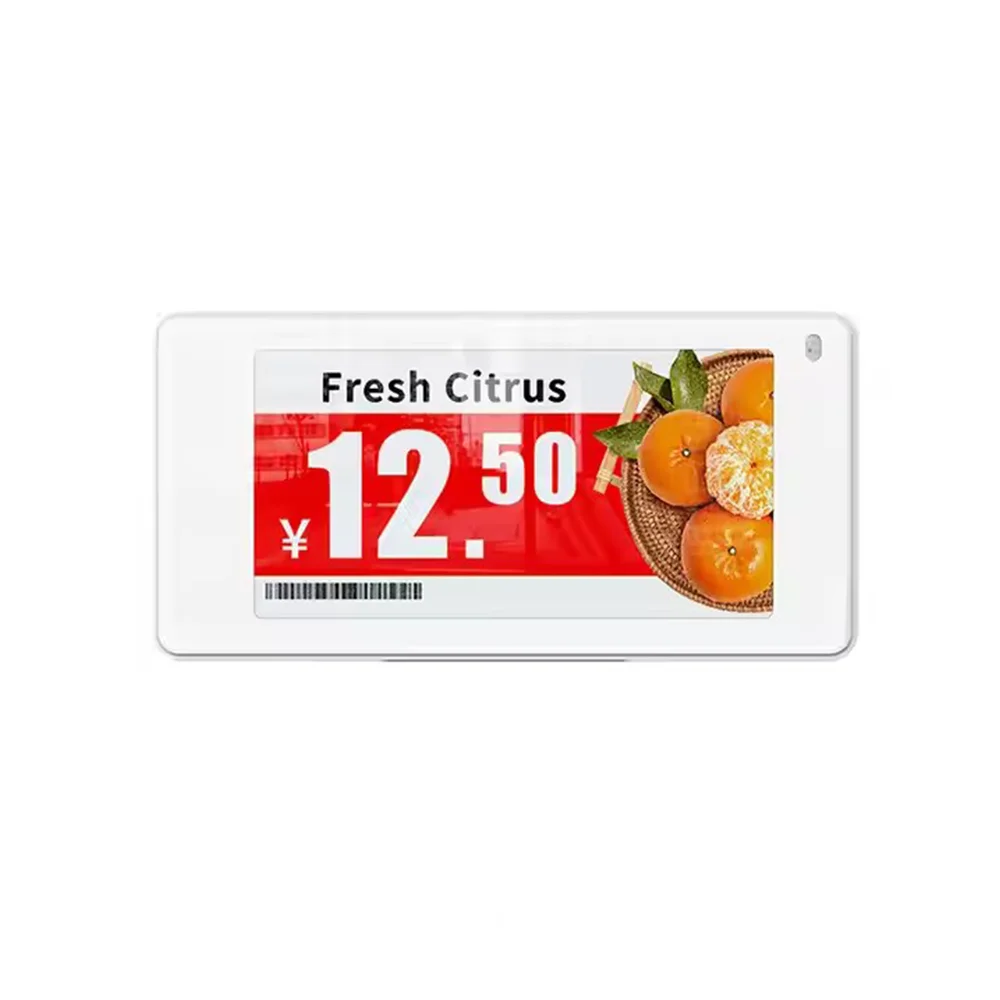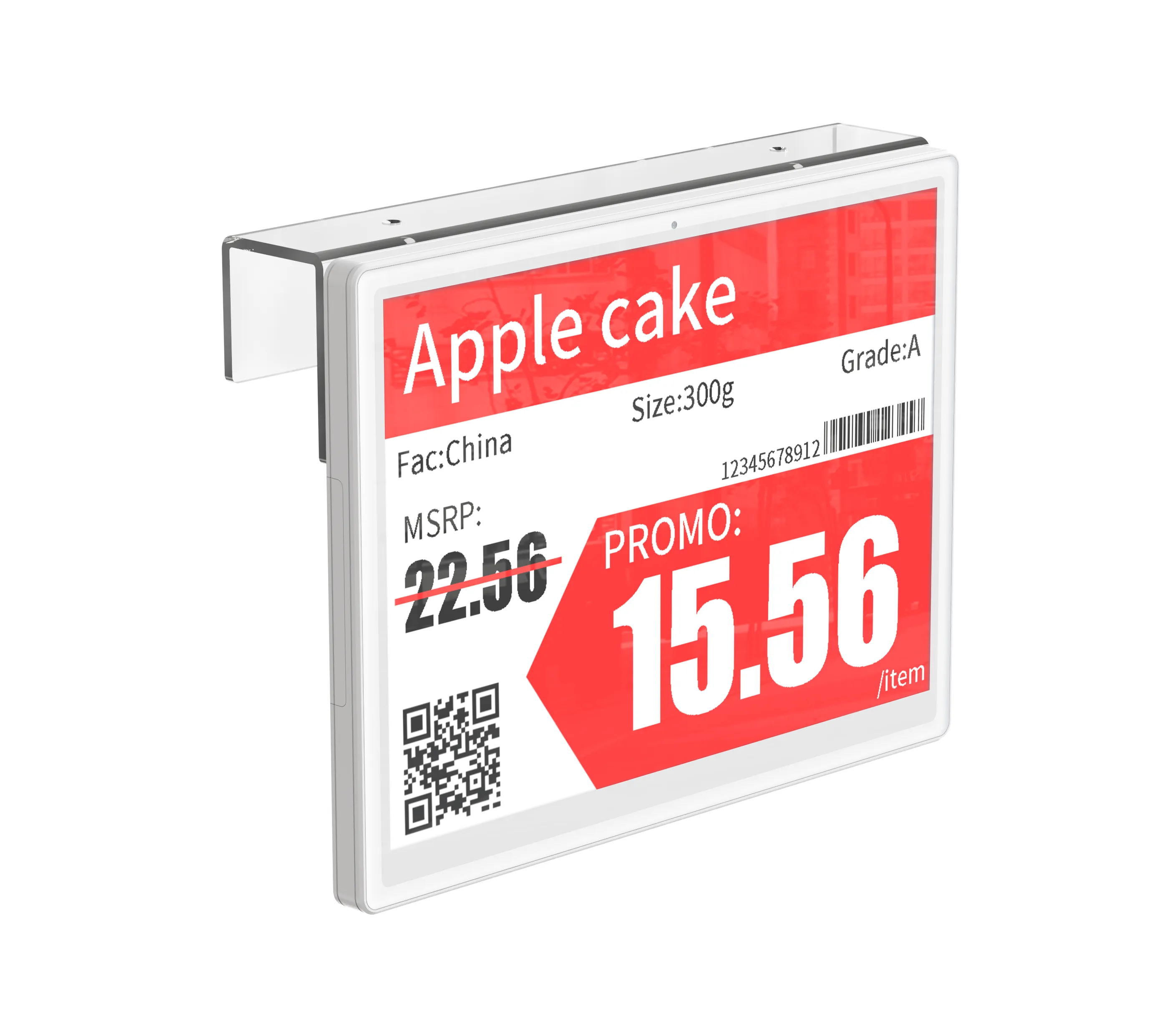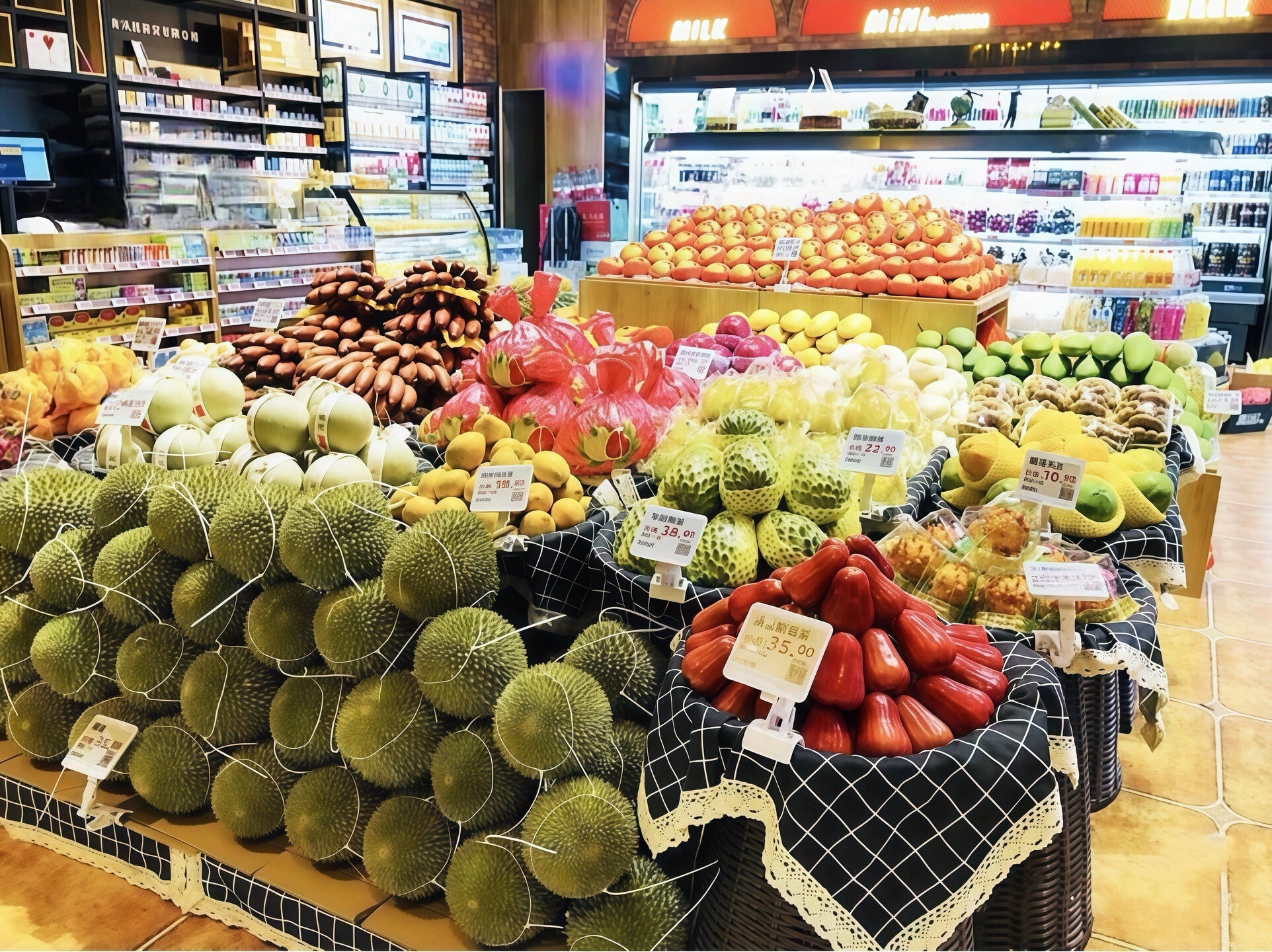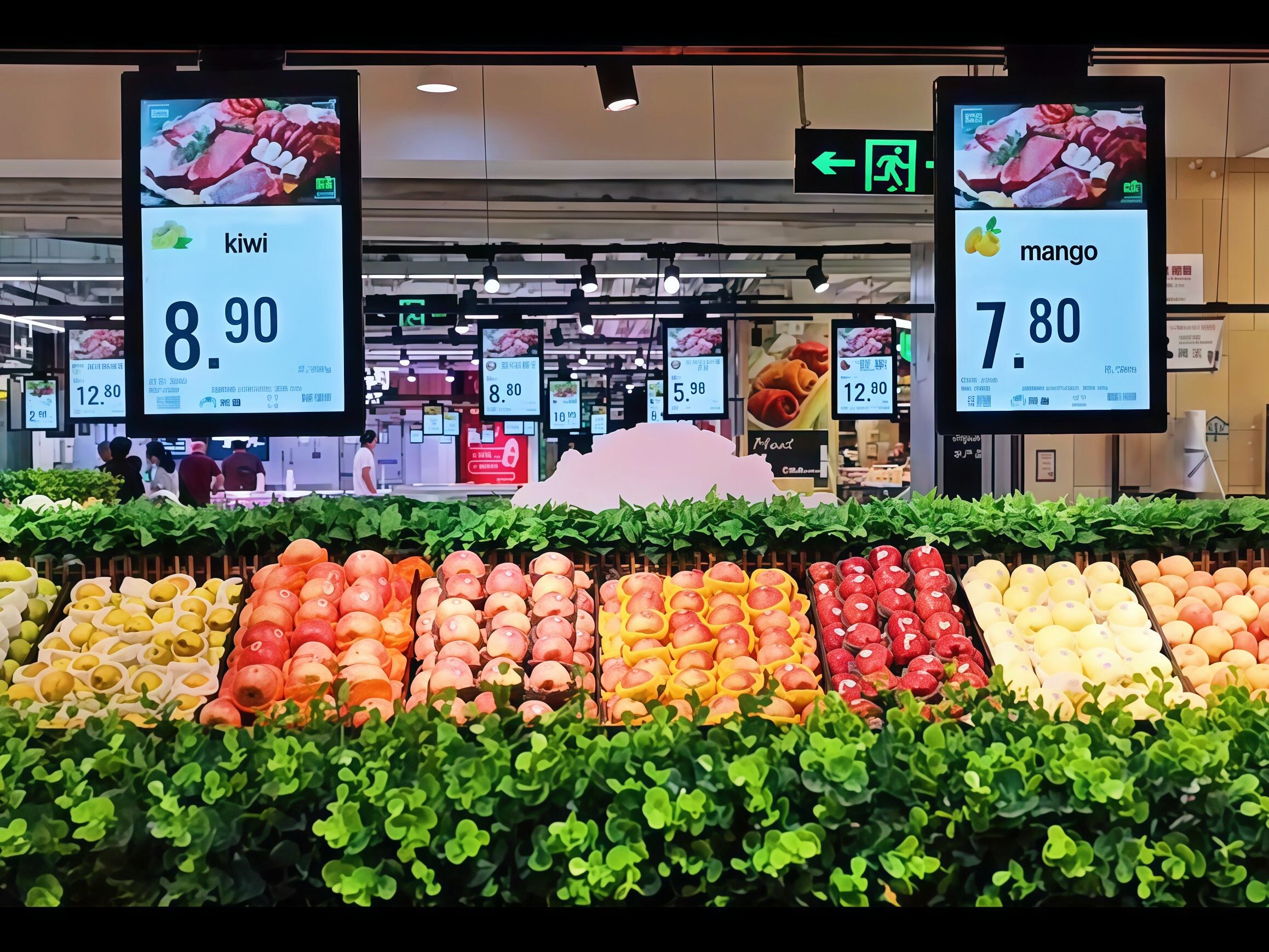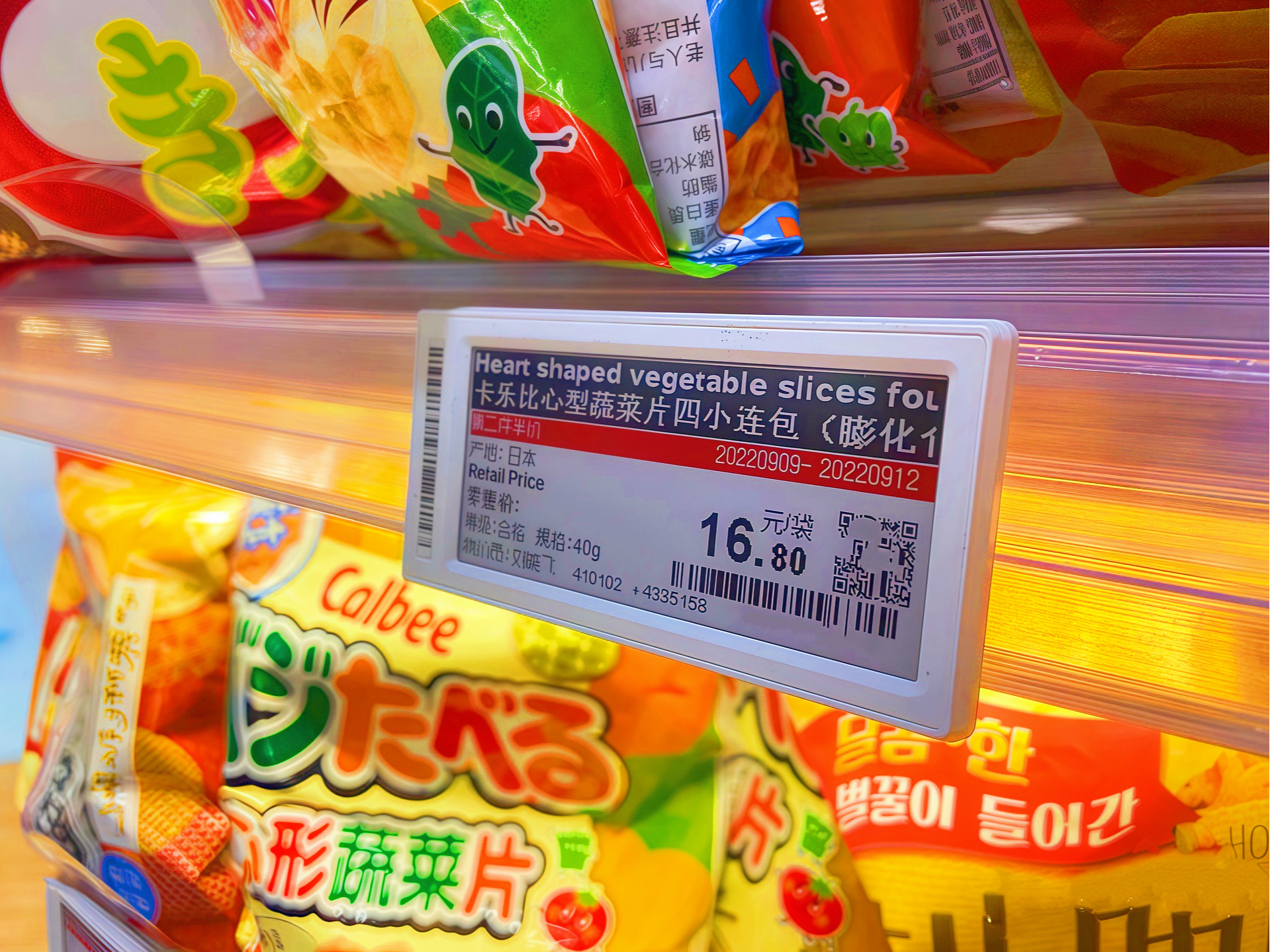תגיות מחיר אלקטרוני בסופרמרקט
תגיות מחירים אלקטרוניות בסופרמרקט מייצגות התקדמות מהפכנית בטכנולוגיה קמעונאית, המספקת פתרון דיגיטלי דינמי להצגת וניהול מחירים. התקנים מודרניים אלו משתמשים בטכנולוגיית נייר אלקטרוני, דומה לקוראי ספרים אלקטרוניים, ומציעים נראות קристל-ברורה ויעילות אנרגטית מצוינת. התגיות מתקשרות אלחוטית עם מערכת מרכזית, ומאפשרות עדכוני מחירים בזמן אמת ברחבי רשתות חנויות שלמות. כל תגית מחירים אלקטרונית מציגה לא רק את מחיר המוצר אלא יכולה גם להציג מידע נוסף כגון פרטי מוצר, רמות מלאי, הצעות שיווק, ואף קודים דו-ממדיים (QR) לאינטראקציה מוגדלת עם הלקוח. המערכת פועלת באמצעות תשתיות רשת מתוחכמות שמבטיחות תקשורת מאובטחת ואמינה בין מערכת הניהול המרכזית לתגיות המחירים הבודדות. מנהלי חנויות יכולים לעדכן אלפי מחירים בו-זמנית מנקודת שליטה אחת, ומבלי בכך את הצורך בשינוי ידני של מחירים ומצמצמים טעויות אנושיות. לתגיות האלקטרוניות הללו נועדו עמידות, עם מבנה איתן שמסתגל לתנאי קמעונאות מגוונים ועם חיי סוללה ארוכים למשך 5 עד 7 שנים בדרך כלל. המסכים שומרים על נראות מושלמת תחת תנאי תאורה שונים, וניתן לתכנת אותם להציג מידע שונה בזמנים שונים של היממה, ומאפשרים אסטרטגיות מחירים דינמיות ושינויי מחירים אוטומטיים להנחות מיוחדות או הנחות לפי זמן אמת.
